Stakes high as NBA nears lockout
Less than 24 hours remain on the only
National Basketball Association countdown clock that matters. With the
collective bargaining agreement set to expire at midnight, the league
appears headed toward a lockout.
Hundreds of millions of dollars still
separate proposals from the owners and players, almost certainly too
large a divide to bridge in negotiations scheduled for today in New York
City.
“I sure would like to
see us make a deal,’’ said NBA commissioner David Stern. “Not making a
deal should give everybody apprehension.’’
But
neither side is in a concession-making mood, especially the players,
who declined to counter the owners’ latest proposal and waited until
today to return to the bargaining table. With training camp three
months away, negotiations lack a sense of urgency, although the last NBA
lockout cost the owners and players 32 games during the 1998-99 season.
The
standoff comes down to this: League executives and owners want a new
financial system for the NBA with a tougher salary cap, shorter
contracts and a greater share of basketball-related income — everything
from ticket sales to TV revenue to merchandise. Players want to protect
many of the benefits they enjoy under the current deal, such as a soft
salary cap, contract lengths that can extend to five or six years and
more than half of basketball-related income.
The
prospect of a lockout comes at a most inopportune time, with record
television ratings and increased attendance building momentum for the
NBA. If the NBA entered a lockout, the league would join the National
Football League, which is 110 days into the longest work stoppage in its
history. NFL negotiations are scheduled to continue today and tomorrow
in Minneapolis.
The NBA
negotiations are high-stakes for more than just the owners and players.
Lockouts lead to lost revenue for the cities that host games and for
businesses located near arenas.
Each Celtics
home game at the TD Garden results in about $420,000 of
outside-the-arena consumer spending for eating and drinking, retail,
hotels, transportation and parking, according to the Boston
Redevelopment Authority. Add in tickets sales and Garden concessions,
which have an economic impact on arena workers and local suppliers, and
the number jumps to $1.8 million per game.
“Fans
will look at the NBA and say, ‘Haven’t you learned from the NFL?’ ’’
said Kathleen Hessert, founder and CEO of reputation management company
Sports Media Challenge, whose clients have included the NBA and NFL, as
well as NBA and NFL players. “Fans will be soured on sports if a second
league goes this same route. They’ll think, ‘What’s with you guys?
You’ve got a storybook life and nothing’s good enough for you, and we’re
struggling just to stay above water.’
As the dollar-driven gamesmanship
progresses, incendiary comments, courtrooms and fan frustration follow.
And the current, uncertain economic climate only complicates ongoing
negotiations.
“With all the economic problems in this country, no one wants to hear about NFL/NBA lockout,’’ Jared Dudley, Phoenix Suns forward, union representative and former Boston College standout, recently commented via Twitter.
While
the NFL appears headed in a positive direction, any optimism about NBA
negotiations disappeared last week. Lengthy bargaining sessions produced
stinging rhetoric from both sides and a silent statement of solidarity
from the players. A group of about 40 players, including Celtics stars
Kevin Garnett and Paul Pierce, wore T-shirts that read “STAND’’ to last
Friday’s meeting.
The league
points to projected losses of about $300 million this season as its
strongest argument for changing the NBA’s current business model. NBA
deputy commissioner Adam Silver, the league’s lead negotiator, has said
the goal of talks is “a system in which all 30 teams can compete for a
championship and, if well managed, have the opportunity to make a
profit.’’
The league also
wants it known 22 of 30 franchises lost money this season, providing
owners with further motivation for overhauling the salary cap system and
other aspects of NBA business operations.
The
players dispute the league losses and contend that recent league
proposals asked for too many financial sacrifices. Further, players
argue that teams could do more to help themselves, specifically with
significant revenue sharing among franchises. That way, the most
profitable teams can assist those not profitable.
Currently,
the league objects to substantially increased revenue sharing, because
it believes the NBA business model should be fixed first. Under a
revamped system, they predict, franchises will be more profitable and
more competitive.
In its most recent ranking of NBA team values, Forbes magazine placed the New York Knicks at the top of the list with an estimated current value of $655 million with $226 million in revenue. The Los Angeles Lakers and Chicago Bulls
followed. The Celtics ranked fourth with a current value of $452
million and $151 million in revenue. Out of 30 teams, 17 on the list had
operating income losses.
“One
of the differences in the NFL and the NBA is that it’s very clear NFL
teams are profitable,’’ said sports economist Andrew Zimbalist. “Not
having a season will mean that profits they would have made won’t
happen. In the NBA, you see there are losses. So, the owners are less
likely to say, ‘Oh, we can’t afford not to have a season.’ Not having a
season means they’re not going to have the operating losses they would
have had.’’
Early last week,
the NBA Players Association proposed a five-year deal with $500 million
in salary concessions ($100 million less each year).
The
owners’ latest proposal sought, according to union estimates, several
billion dollars in concessions from the players over a 10-year
agreement, as well as a $160 million give-back of money withheld from
player paychecks last season. The proposal did guarantee $2 billion per
year in salaries, though the players collectively earned $2.17 billion
this season.
“The one thing
that’s clear is that both sides have an enormous amount to gain from
making a deal and an enormous amount to lose by not making a deal,’’
said Stern after the most recent meeting between the two sides.
Regardless
of when both leagues resolve their respective labor disputes, teams,
owners and players have already suffered costly losses when it comes to
their images.
Billionaire owners arguing with millionaire players about the division of profits never sits well with fans.
Hessert,
of Sports Media Challenge, advises any comeback strategy be based on
enhancing and expanding fan experience on game days and in between. She
sees social media as an ideal way for the NFL and NBA to reconnect with
fans and better understand what they value.
David
Abrutyn, Managing Director of IMG Consulting, whose NFL clients include
Eli and Peyton Manning and recent top draft pick Cam Newton, points to
the strategy employed by the National Hockey League. After the NHL lost
the entire 2004-05 season to a lockout, it focused on regaining the
loyalty of its core fans, placing an emphasis on marketing and improving
the game.
Comebacks for both leagues will take a long time. At least, everyone involved can agree on that.
http://www.boston.com/sports/basketball/articles/2011/06/30/stakes_high_as_nba_nears_a_lockout/
Ovakav islkjučenje bi bilo brutalno loše za NBA, baš kad je nova epoha blizu, kao i zadnji put. Dvojbeno je da će se ovo u sljedeći 24 sata riješiti. No, još se nadam

[uredio afhx - 30. lipnja 2011. u 10:34]
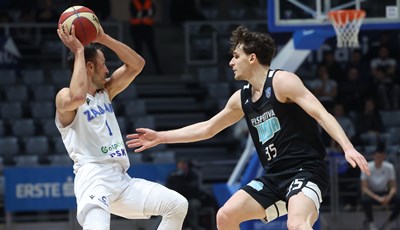
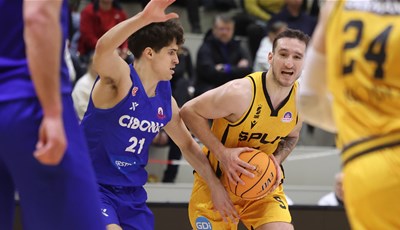
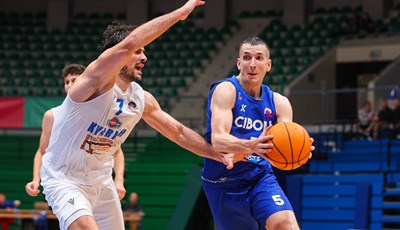
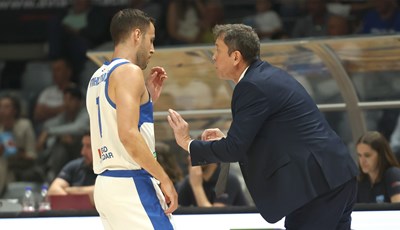
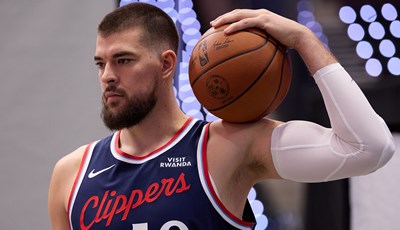


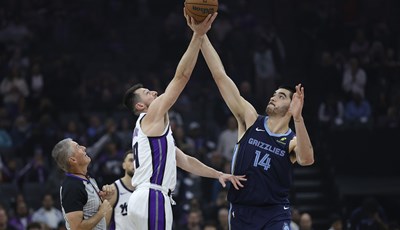

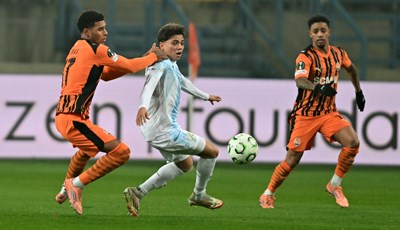
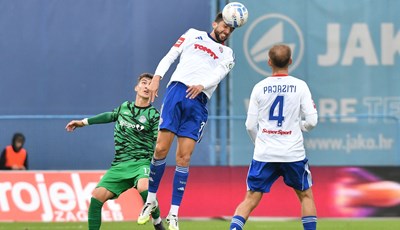
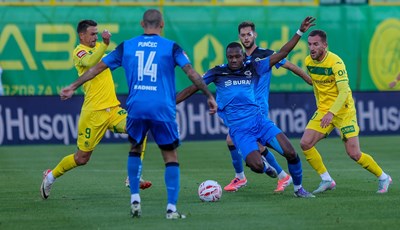

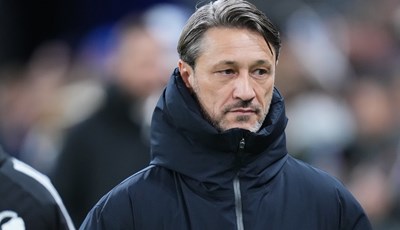






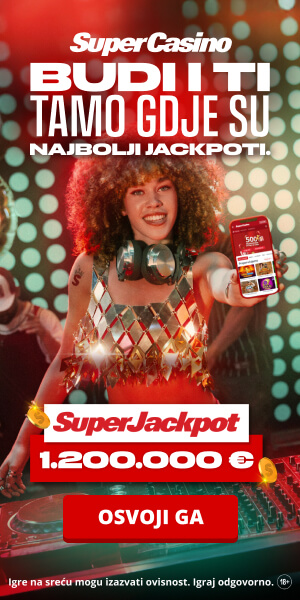


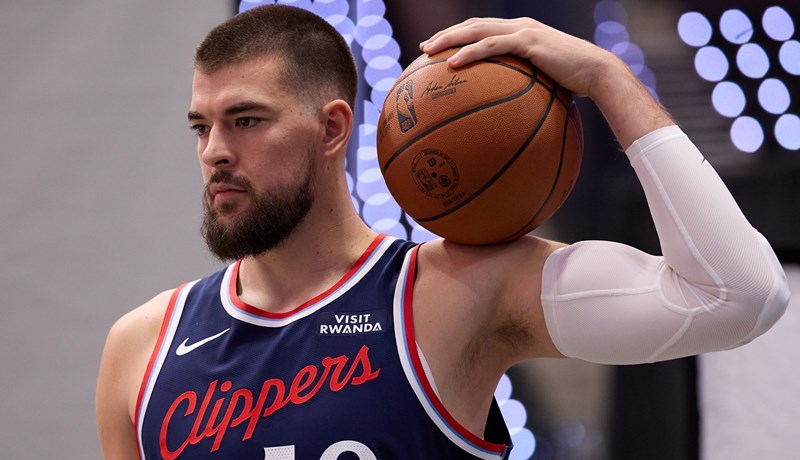
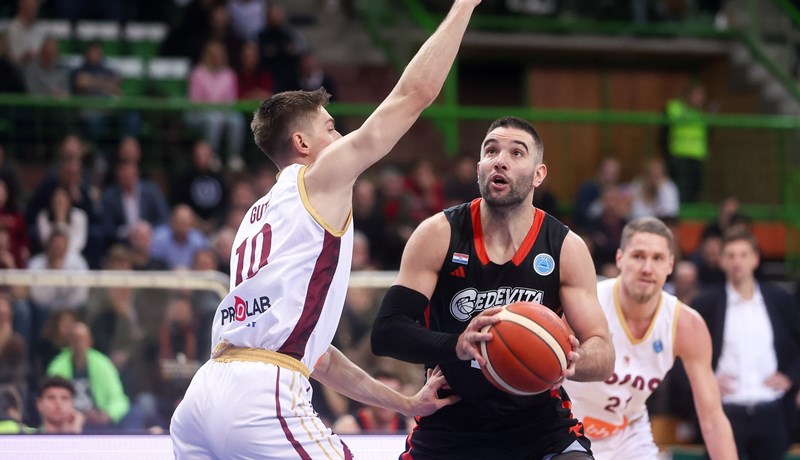
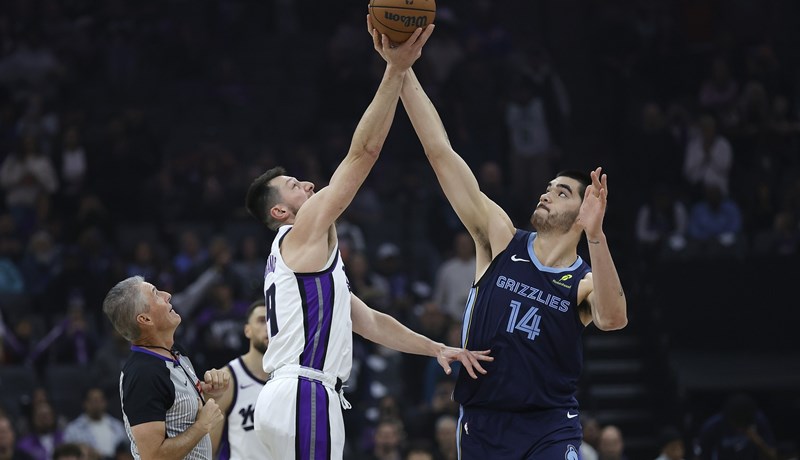
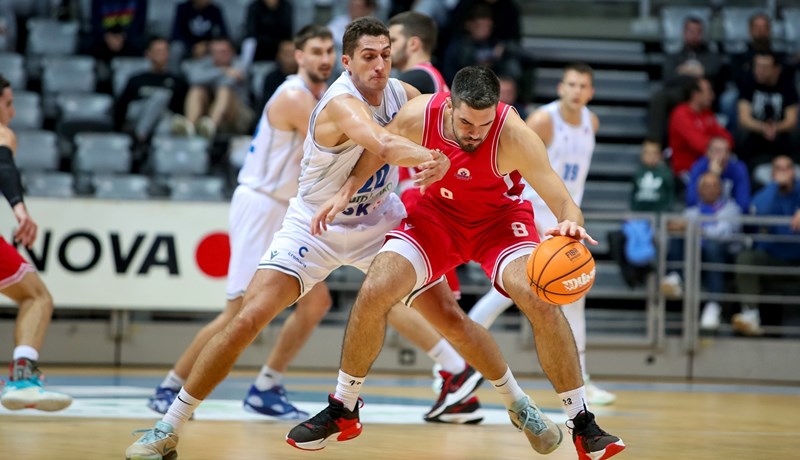
 a ne samo "hand down, man down" nego "attack mode"
a ne samo "hand down, man down" nego "attack mode" 